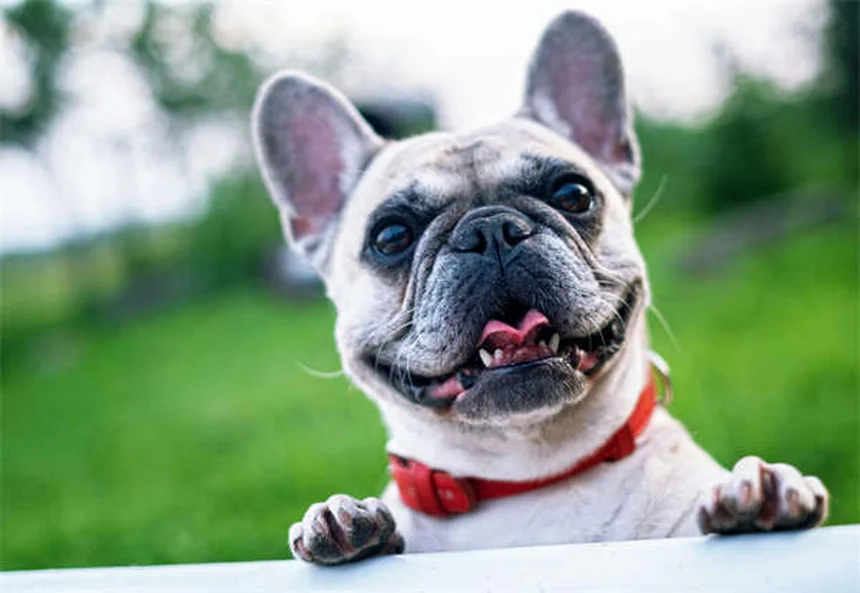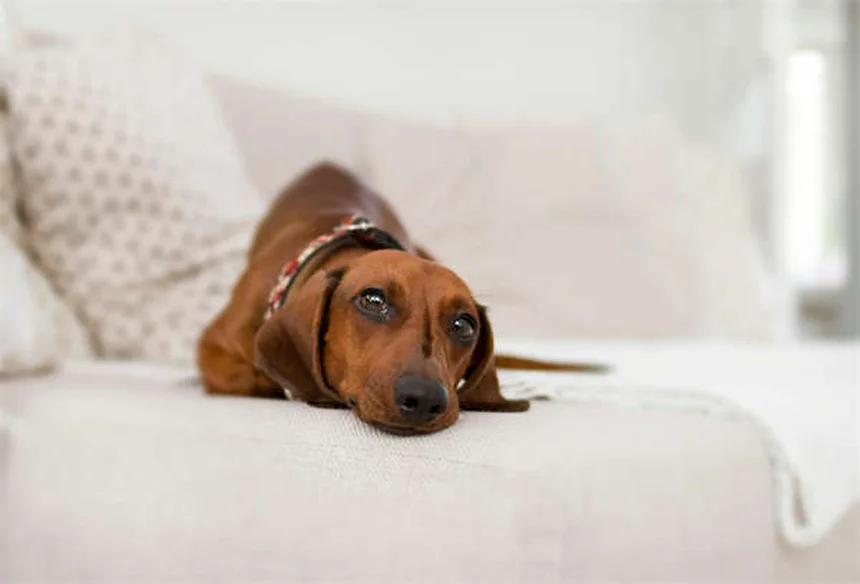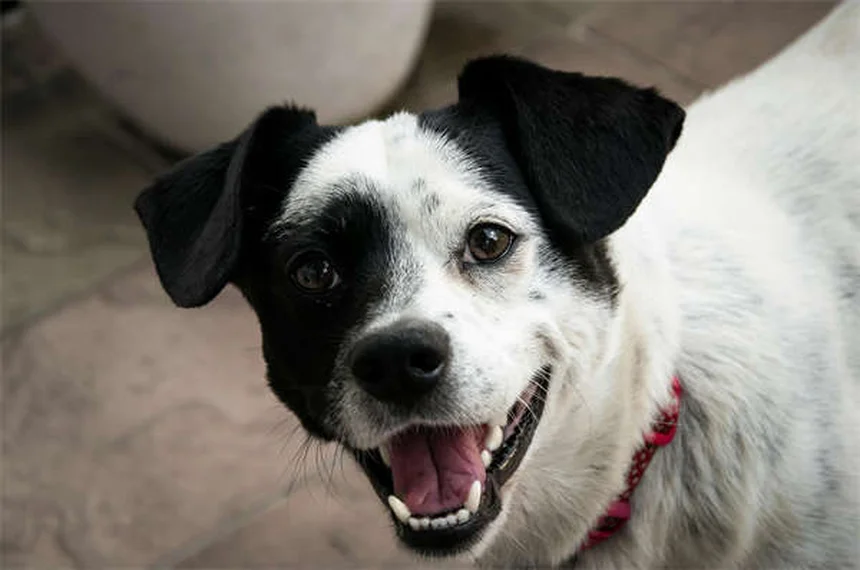What makes the Dutch Tuigpaard so special? The answer is simple: This magnificent breed combines raw power with elegant grace like no other horse can! Originally bred as farm workers in Holland, these gentle giants have transformed into the ultimate carriage horses you see today. Standing at an impressive 16.2 hands tall with thunderous hooves, they might look intimidating - but trust me, their temperament is as sweet as their appearance is majestic.Here's something fascinating I've learned from working with these horses: Their name Tuigpaard literally means harness horse in Dutch, but they're so much more than that. Once considered status symbols among wealthy farmers, they've now found their calling in show rings and countryside carriage rides. Whether you're a horse enthusiast or just curious about unique breeds, you're about to discover why the Dutch Tuigpaard deserves your attention.
E.g. :5 Dangerous Dog Collar Risks You Need to Know Now
Advertisement
- 1、The Dutch Tuigpaard: Holland's Magnificent Carriage Horse
- 2、Physical Characteristics That Will Amaze You
- 3、Personality: Gentle Giants
- 4、From Farm Fields to Carriage Roads
- 5、Why You'll Love the Dutch Tuigpaard
- 6、The Art of Carriage Driving with Tuigpaards
- 7、Tuigpaards in Competitive Driving
- 8、Caring for Your Tuigpaard
- 9、The Future of Tuigpaards
- 10、FAQs
The Dutch Tuigpaard: Holland's Magnificent Carriage Horse
Meet the Dutch Tuigpaard
Let me introduce you to the Dutch Tuigpaard - Holland's pride and joy in the horse world. This stunning breed has evolved from farm work to becoming the ultimate carriage horse you see today. Picture this: a powerful, elegant horse pulling a beautiful carriage down a country road - that's the Tuigpaard in its element!
Did you know the name "Tuigpaard" literally means "harness horse" in Dutch? But don't let the simple name fool you. These horses were once status symbols for wealthy farmers before tractors took over. Now, they're the stars of show rings and countryside carriage rides.
Physical Characteristics That Will Amaze You
Size and Build
Standing tall at 16.2 hands (about 65 inches), the Tuigpaard commands attention. But here's what really makes them special - their incredible power comes from those massive haunches positioned perfectly under their body. When they move at full speed, you'll hear their hooves create a thunderous applause that'll give you goosebumps!
Let me put their size into perspective with this comparison:
| Breed | Average Height | Weight |
|---|---|---|
| Dutch Tuigpaard | 16.2 hands | 1,300-1,500 lbs |
| Average Riding Horse | 15-16 hands | 900-1,200 lbs |
 Photos provided by pixabay
Photos provided by pixabay
Color Variations
You'll typically find these majestic creatures in three stunning coat colors:
- Jet black - like a moonless night
- Rich chestnut - warm like autumn leaves
- Deep bay - with that classic reddish-brown glow
Ever wondered why these colors dominate? It's all about tradition and breeding standards. The Dutch breeders have perfected these shades over generations to create that classic, regal look we associate with carriage horses.
Personality: Gentle Giants
Temperament That Will Surprise You
Now, I know what you're thinking - "A horse that big must be difficult to handle, right?" Wrong! Despite their imposing size, Tuigpaards have hearts of gold. They're known for their:
• Willingness to please • Calm demeanor • Remarkable intelligence
Here's a funny story that shows their personality: One Tuigpaard at a Dutch stable would actually nudge his caretaker's pocket every morning, knowing there was a sugar cube hiding in there. Smart cookie, right?
Work Ethic
These horses take their jobs seriously. Whether it's pulling a carriage through city streets or performing in shows, they give 110% effort. Their obedience isn't out of fear - it comes from a genuine desire to work with their human partners.
From Farm Fields to Carriage Roads
 Photos provided by pixabay
Photos provided by pixabay
Color Variations
Picture Holland in the 1800s - farmers needed strong, versatile horses. The Tuigpaard was their answer, plowing fields during weekdays and pulling fancy carriages to church on Sundays. Talk about a multi-tasker!
But here's an interesting twist - when tractors arrived, these horses didn't become obsolete. Instead, they found new purpose in the show ring and carriage world. That's some serious adaptability!
Modern-Day Royalty
Today, the Royal Warmblood Studbook of the Netherlands keeps strict records of every Tuigpaard. But get this - they have their own special classification because they're just that unique.
What makes them stand out in competitions? Three words: power, elegance, and presence. When a Tuigpaard enters the ring, everyone stops to watch. Their high-stepping gait and proud carriage make them natural showstoppers.
Why You'll Love the Dutch Tuigpaard
The Perfect Carriage Companion
If you've ever dreamed of driving a carriage, this is your horse. Their combination of strength and gentle nature makes them ideal for:
- Tourist carriage rides
- Wedding carriages
- Competitive driving events
I once watched a Tuigpaard calmly navigate through a crowded festival while smaller horses were getting spooked. That's the kind of steady temperament we're talking about!
 Photos provided by pixabay
Photos provided by pixabay
Color Variations
Owning or working with a Tuigpaard means you're preserving a piece of Dutch history. These horses represent centuries of careful breeding and cultural tradition. Plus, let's be honest - there's nothing quite like the feeling of driving behind one of these magnificent animals.
So next time you're in Holland, keep an eye out for these beautiful horses. Whether they're in a show ring or pulling a carriage, the Dutch Tuigpaard is sure to take your breath away!
The Art of Carriage Driving with Tuigpaards
Mastering the Harness
You might think putting a harness on a 1,500-pound horse would be intimidating, but Tuigpaards make it surprisingly easy. Their calm temperament means they'll stand patiently while you adjust all the straps and buckles. Pro tip: Always start with the bridle first - it gives you better control if they decide to move unexpectedly.
The traditional Dutch harness is a work of art itself, often decorated with brass fittings and intricate stitching. Many drivers take pride in matching their harness to their carriage's style. I've seen everything from simple black leather to harnesses with silver accents that sparkle in the sunlight!
Training Techniques That Work Wonders
Ever wonder how these massive horses learn such precise movements? It all starts with ground training using long reins. We begin by teaching them voice commands - "walk on," "steady," and "whoa" become their vocabulary. The real magic happens when they start responding to subtle rein pressure alone.
Here's a training secret: Tuigpaards respond incredibly well to positive reinforcement. A simple pat on the neck or verbal praise goes much further than harsh corrections. One trainer I know uses peppermints as rewards - her horses will do anything for those little treats!
Tuigpaards in Competitive Driving
Dressage for Carriage Horses
Yes, you heard that right - carriage horses have their own version of dressage! In combined driving events, the dressage phase tests the horse's obedience, flexibility, and precision. Judges look for:
- Consistent tempo
- Straightness in movements
- Fluid transitions between gaits
The marathon phase is where Tuigpaards really shine. They navigate challenging obstacle courses with water hazards, tight turns, and even bridges - all while maintaining their elegant high-stepping trot. It's like watching a ballet with horsepower!
What Makes a Champion Tuigpaard?
Judges aren't just looking for pretty movement. They want to see that special connection between horse and driver. The best pairs move as one unit, anticipating each other's needs. A champion Tuigpaard will:
- Maintain perfect rhythm without constant rein cues
- Show enthusiasm for their work
- Remain calm in chaotic environments
I'll never forget watching a veteran Tuigpaard at a national championship. When a plastic bag blew across the course, he barely flicked an ear while younger horses were spooking. That's the kind of experience you can't fake!
Caring for Your Tuigpaard
Nutrition Needs of a Powerhouse
Feeding a Tuigpaard isn't like feeding your average riding horse. These athletes need:
| Nutrient | Daily Requirement | Common Sources |
|---|---|---|
| Protein | 14-16% of diet | Alfalfa, soybean meal |
| Calories | 30,000+ kcal | Quality hay, grain mixes |
But here's the catch - you can't just dump all that food in one meal. We split their daily ration into 3-4 smaller meals to prevent digestive issues. And always, always provide plenty of fresh water. A working Tuigpaard can drink 10-15 gallons a day!
Grooming Like a Pro
That shiny coat doesn't happen by accident. Daily grooming is essential, especially before harnessing. Start with a rubber curry comb in circular motions to loosen dirt, then follow with a stiff brush. Pay special attention to areas where the harness sits - any dirt there could cause rubs.
For shows, many handlers use coat conditioners to enhance that natural shine. But my favorite trick? A final wipe-down with a silk cloth. It picks up any remaining dust and leaves the coat looking like liquid satin. Trust me, the judges notice these details!
The Future of Tuigpaards
Preserving the Breed
With only about 3,000 registered Tuigpaards worldwide, conservation efforts are crucial. The Dutch Warmblood breeding program carefully selects stallions and mares to maintain those signature traits. They even use modern technology like DNA testing to ensure genetic diversity.
Here's something exciting - some breeders are experimenting with introducing Tuigpaards to new disciplines. I've seen a few excelling in dressage under saddle, proving their versatility goes beyond carriage driving. Who knows what other talents we might discover?
Tuigpaards in Tourism
More cities are discovering the charm of Tuigpaard-drawn carriages for tourists. Unlike motorized tours, these quiet carriages can access historic districts where cars are prohibited. Plus, there's nothing quite like clip-clopping along cobblestone streets to make you feel like you've stepped back in time.
In Amsterdam, some clever operators have combined carriage rides with storytelling. As the Tuigpaard plods along, a guide shares tales of the city's history. It's education and entertainment rolled into one memorable experience - all thanks to these magnificent horses!
E.g. :Dutch Harness Horse - Wikipedia
FAQs
Q: How big do Dutch Tuigpaard horses get?
A: Let me tell you, these horses are impressively large! The average Dutch Tuigpaard stands at 16.2 hands tall (that's about 65 inches or 165 cm) and weighs between 1,300-1,500 pounds. What's really amazing is how their size translates to power - those massive haunches positioned perfectly under their body create tremendous thrust. When they move at full speed, you can actually hear their hooves create a thunderous sound that'll give you goosebumps! Compared to your average riding horse (15-16 hands and 900-1,200 lbs), the Tuigpaard is definitely in a class of its own when it comes to size and strength.
Q: What colors do Dutch Tuigpaards come in?
A: You'll typically find these majestic creatures in three stunning classic colors: jet black (like a moonless night), rich chestnut (warm like autumn leaves), and deep bay (with that beautiful reddish-brown glow). The Dutch breeders have perfected these shades over generations to create that regal look we all associate with traditional carriage horses. While other colors might occasionally appear, these three are by far the most common and sought-after for maintaining the breed's distinctive appearance in shows and carriage work.
Q: Are Dutch Tuigpaards good for beginners?
A: Here's the surprising thing about these gentle giants - despite their imposing size, they're actually known for their wonderful temperament! They're typically willing to please, calm, and remarkably intelligent. I've seen first-hand how they can be great partners for novice handlers in controlled environments like carriage driving schools. However, their size and strength do require experienced handling for safety. A funny story I love: One Tuigpaard at a Dutch stable would nudge his caretaker's pocket every morning, knowing there was a sugar cube hiding there - smart and sweet!
Q: What were Dutch Tuigpaards originally bred for?
A: The Tuigpaard has a fascinating history that might surprise you! Back in 1800s Holland, farmers needed strong, versatile horses that could plow fields during the week and pull fancy carriages to church on Sundays. These horses were actually considered status symbols among wealthy farmers. When tractors became common, the breed didn't disappear - they brilliantly adapted to become specialized carriage and show horses. Today, they're registered with the Royal Warmblood Studbook of the Netherlands but have their own special classification because they're truly unique.
Q: Why are Dutch Tuigpaards so good at carriage pulling?
A: It all comes down to their perfect combination of traits: tremendous power from those well-developed hindquarters, a naturally high-stepping gait that looks spectacular in shows, and that calm, willing temperament we keep mentioning. I've watched these horses navigate crowded festivals where smaller breeds were getting spooked - they just have this incredible focus and steadiness. Whether it's for tourist carriage rides, wedding carriages, or competitive driving events, the Tuigpaard's physical characteristics and personality make them born for this work. Plus, their striking appearance always draws admiring crowds!

